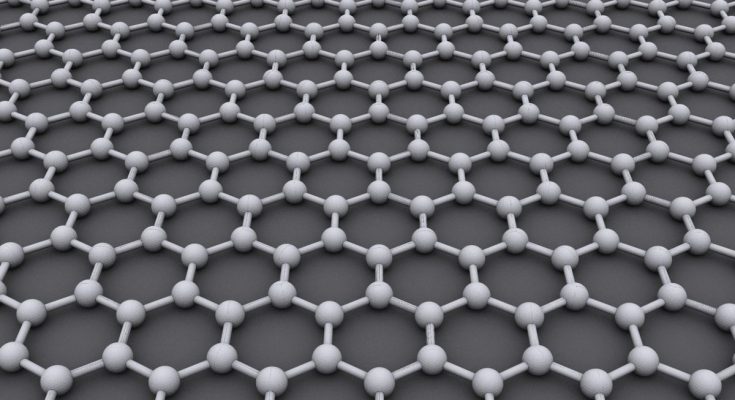The possibility of having vertiginous computers, which at the same time are low cost, is beginning to be glimpsed. The properties of graphene could revolutionize all activities that require computing capacity and, especially, the IoT sector. This great yet cheap material will produce fast computers which work with ultra low power.
A new scientific research project concludes that the development of computers based on graphene will increase the performance of the devices by 1000%, along with a reduction in costs due to the properties of this material.
Graphene was discovered in 2004, when researchers from around the world began to study the properties of this material and its use in technological products. The research has led to the conclusion that graphene has a much higher electrical conductivity than copper. It also outperforms silicon, especially in terms of data transmission capacity. Both of these properties in themselves justify the development of graphene-based components and technologies.
But graphene could have another previously unanticipated effect. Researchers from four American universities have figured out how to use graphene in transistors. The project is explained in an article published in Nature Communications, which concludes that graphene-based transistors will far outperform silicon transistors.
The speed achieved by silicon microprocessors has not advanced significantly since 2005, so the greater computing power was only possible by increasing the number of transistors in each system. The explanation lies in physics, i.e., there is a limit to the speed at which signals and electric current can be transmitted through silicon transistors. In the case of graphene, on the other hand, the limit is much higher, which makes it possible to develop much more powerful computers that at the same time consume much less power.
The aforementioned document refers to a test in which the logic circuits of a graphene bar improved the clock frequency by 1,000 times compared to a silicon circuit. This means that a 4 GHz microprocessor could theoretically reach speeds of up to 4 THz. Surprisingly, this speed is achieved with only 1% of the current required by silicon transistors. This last factor is particularly relevant in the context of the Internet of Things (IoT), as it gives small devices much greater functionality while multiplying the power of their batteries.
According to Wikipedia, graphene is a substance composed of pure carbon, with the atoms arranged in a regular hexagonal pattern, similar to graphite but in a layer one atom thick. Graphene is very light; a 1-square-meter sheet weighs only 0.77 milligrams. Its properties include its flexibility, transparency, high thermal and electrical conductivity, high elasticity and hardness (its hardness is 200 times greater than that of steel, almost equal to that of diamond), lower Joule effect (it generates less heat when conducting electrons ), lower power consumption compared to silicon, etc. All these electromechanical properties have led to initiate or project the development of systems containing graphene for use in displays, electric circuits, solar cells, batteries and data transport.
It should be noted that the research referred to in Nature is in its early stages and that the researchers have not created a graphene processor, but rather a rod or strip of graphene. However, the project has proven the concept and the potential that exists.



